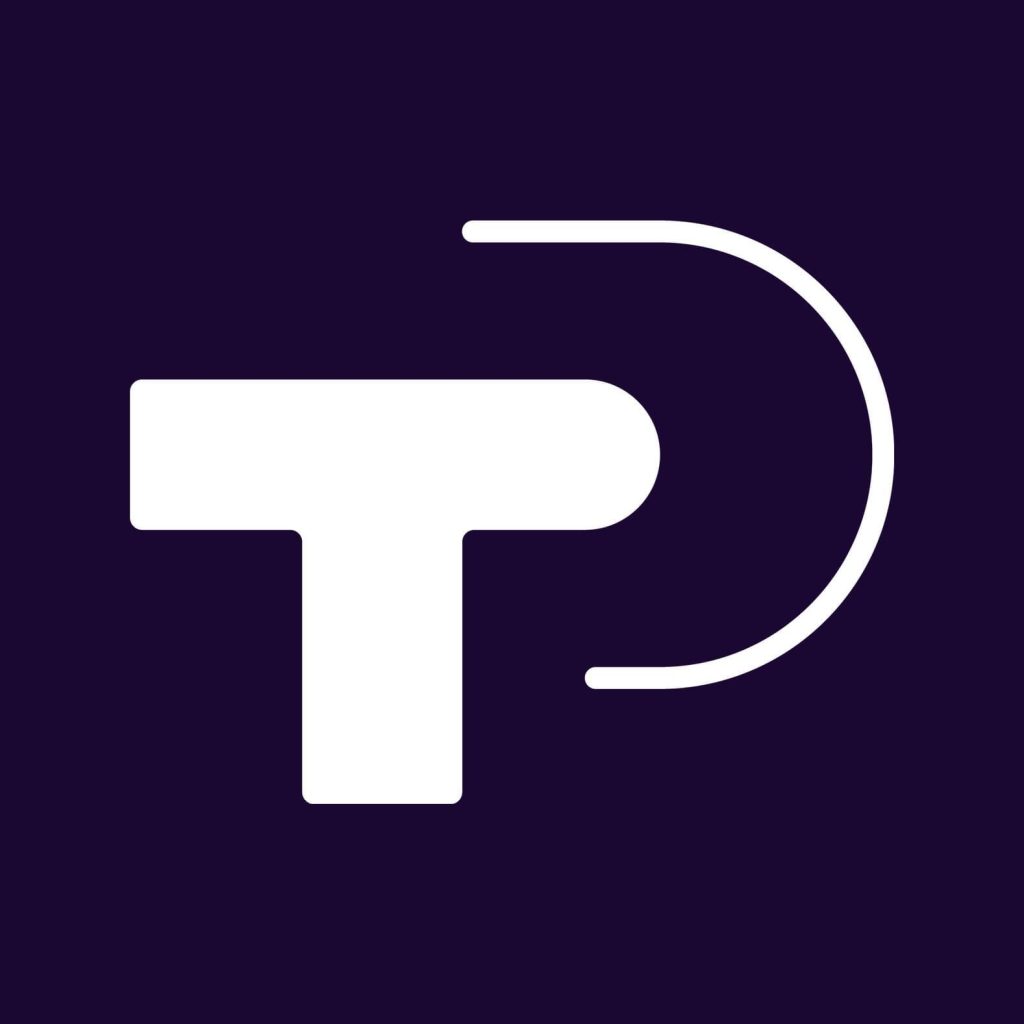It’s a misconception that Snapchat advertising is the least effective form of social media marketing.
In fact, users spend twice as long using Snapchat per day than they do using Instagram.
Also, Snapchat excels where the future of social media advertising is heading: video content.
Here’s why video is the future:
- 80% of consumers said they’d rather learn about a product or service through a video rather than text
- Almost 52% of marketers name video content as yielding the most ROI
- Close to 92% of millennial internet users in the U.S. are predicted to consume digital video in 2018
- The total number of digital video viewers worldwide will exceed 2 billion people by the end of 2017

Snapchat users watch over 10 billion videos per day, compared to Facebook’s 8 billion.
There’s no denying the social media platform has solidified itself as a leader in video advertising.
Ensuring that your Snapchat marketing strategy is reaching the right audience is essential.
It lets you capitalize on the 2X higher visual engagement, 80% lift in website visit duration, and 5X higher swipe-up rate Snapchat advertising offers.
In order to achieve results like Kraft that earn 28 million-plus views and a 13% lift in purchase intent, you need to know how to successfully target your Snapchat ads.
Choosing the Right Snapchat Ad Format
Snapchat offers social media advertisers three distinct products: Snap Ads, Lenses, and Filters.
Snap Ads are the only format that offer brands the ability to use their own data or third-party analytics instead of Snapchat’s own.
Therefore, we’ll only be discussing Snap Ads in the rest of this post.
Within the category of Snap Ads, format options for your Snapchat advertisement are based on goal and include:
- App Install
- Web View
- Long-form Video
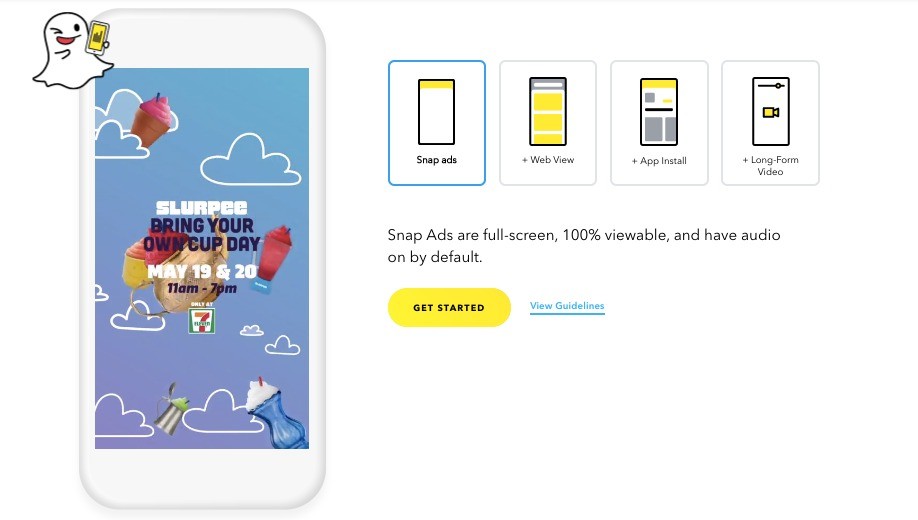
All of these offer you the ability to incorporate video into your Snapchat advertising campaign.
Doing so means taking advantage of the 64-85% of people who are more likely to convert after watching a product video.
Once you’ve started advertising on Snapchat, it’s time to hone in on who are the right people to target.
Targeting Your Snap Ad by Demographics
Like Facebook, Snapchat offers a wider range of pre-set audience demographics to select from when targeting your Snapchat ad.
Age, location, gender, and all of the other standard options are present.
Where you can really get the most from your Snapchat ad targeting, though, is with the advanced options.
The DXL Advanced Demographics offer just that.
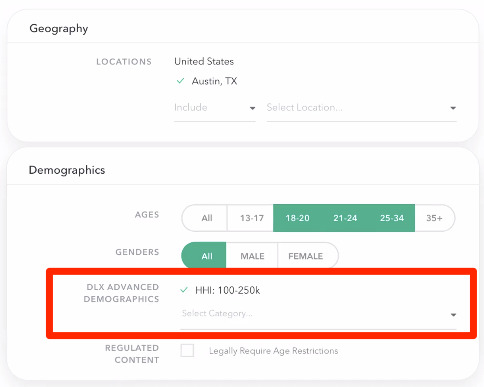
This and the DXL Shopper Categories offer Snapchat marketers access to third-party data that you can utilize to optimize your ad targeting.
With more specific behaviors ranging from ‘New Parents’ to ‘Online Shoppers”, you can more precisely reach engaged and motivated consumers.
Additional preset behaviors were introduced when Snapchat rolled out a series of updates to its Ads Manager platform in September 2016.
These new targeting options, termed Snapchat Lifestyle Categories, are based on Snapchat’s own data compiled from how users interact in the app.
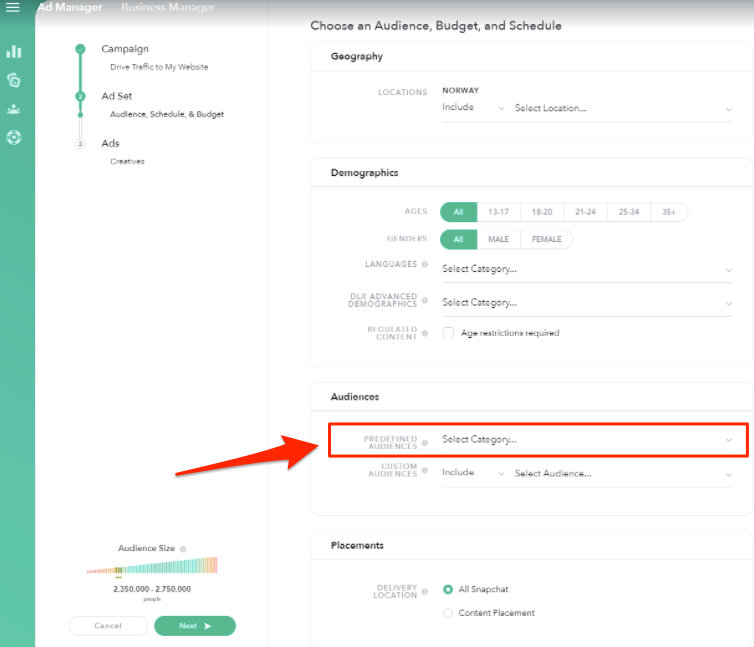
The data is gathered from Snapchatters’ behaviors that include the Discover channels and branded Stories that they view.
Snapchat Advertising: Audience Match
Along with introducing Snapchat Lifestyle Categories, Snapchat rolled out Audience Match and Lookalike Audiences at the same time.
Audience match allows Snapchat marketers to upload a custom list of email addresses or other identifiers directly into the platform.
This information is then used to create custom audiences that can be tracked and targeted based on their mobile ID.
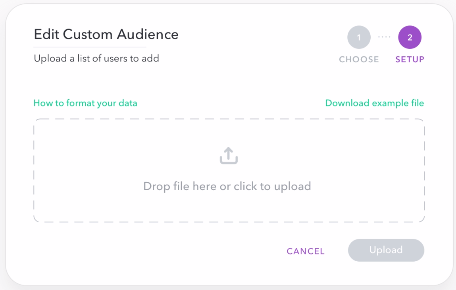
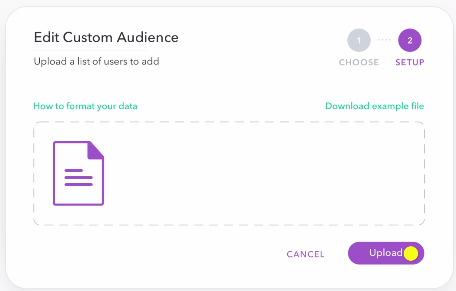
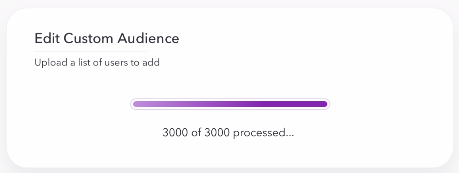
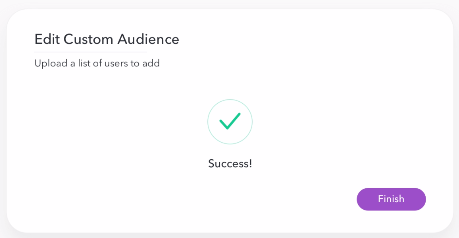
Snap Ad Audience Match matches customer information owned by the brand with Snapchat’s own user data.
As a result, businesses advertising on Snapchat can create more effective custom audiences and launch retargeting strategies from directly within the platform.
Snapchat Advertising: Lookalike Audience
To expand upon the Snapchat ad targeting options of Audience Match, Lookalike takes this set of users and targets those with similar behaviors, demographics, etc.
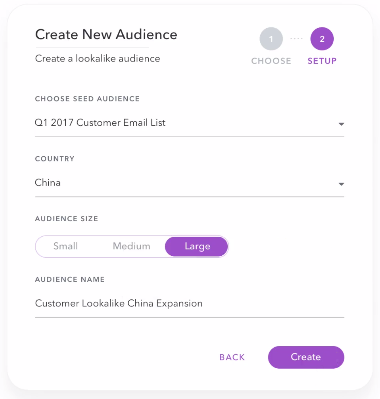
With this feature in particular, Snapchat marketers can expand their audiences – not just reach current ones more effectively.
You can decide how closely you want the Lookalike Audience to resemble your current consumers when choosing the Lookalike type:
- Similarity: Smallest audience that most closely resembles your existing user base
- Balance: Medium-sized audience that’s intended to be a balance between pre-existing customers and extending the reach further
- Reach: The largest audience size that has the least resemblance to your current customers but offers the most reach
Snapchat Ad Targeting by Engagement
The last notable targeting option available to businesses advertising on Snapchat is Engagement Audiences.
This most recent addition to the suite of Snapchat ad targeting tools lets you target users that have previously engaged with one of your Snapchat marketing initiatives in the past.

You have three options within Engagement Targeting, based on the type of Snapchat ad you previously ran:
- Target users that engaged with Snap Ads
- Focus on those who interacted with a Geofilter
- Target Snapchatters that engaged with a Sponsored Lens
Let’s use one of Gatorade’s Sponsored Lens Snapchat ads as an example.

Once Gatorade finished this campaign, they could create a Snapchat Engagement audience that targets only those that interacted with their Sponsored Lens.
The new campaign wouldn’t have to be another Sponsored Lens.
Instead, it could build upon whatever the previous Snapchat ad campaign advertised or accomplished.
Using Snapchat’s Engagement Audience tool is a way for you to target consumers that have already expressed interest with your brand on Snapchat.
Essentially, they are the “low-hanging fruit” that all Snapchat marketers dream of.
Succeeding with Snapchat ad targeting is the key to unlocking the ROI and engagement potential of the 92% of millenials that use the app.
Snapchat continues to roll out improvements to its ad platform and partner with third-party data providers.
As a result, Snapchat advertising agencies and brands can expect to have even better ways to measure success on the platform and optimize their Snap ad campaign results.

